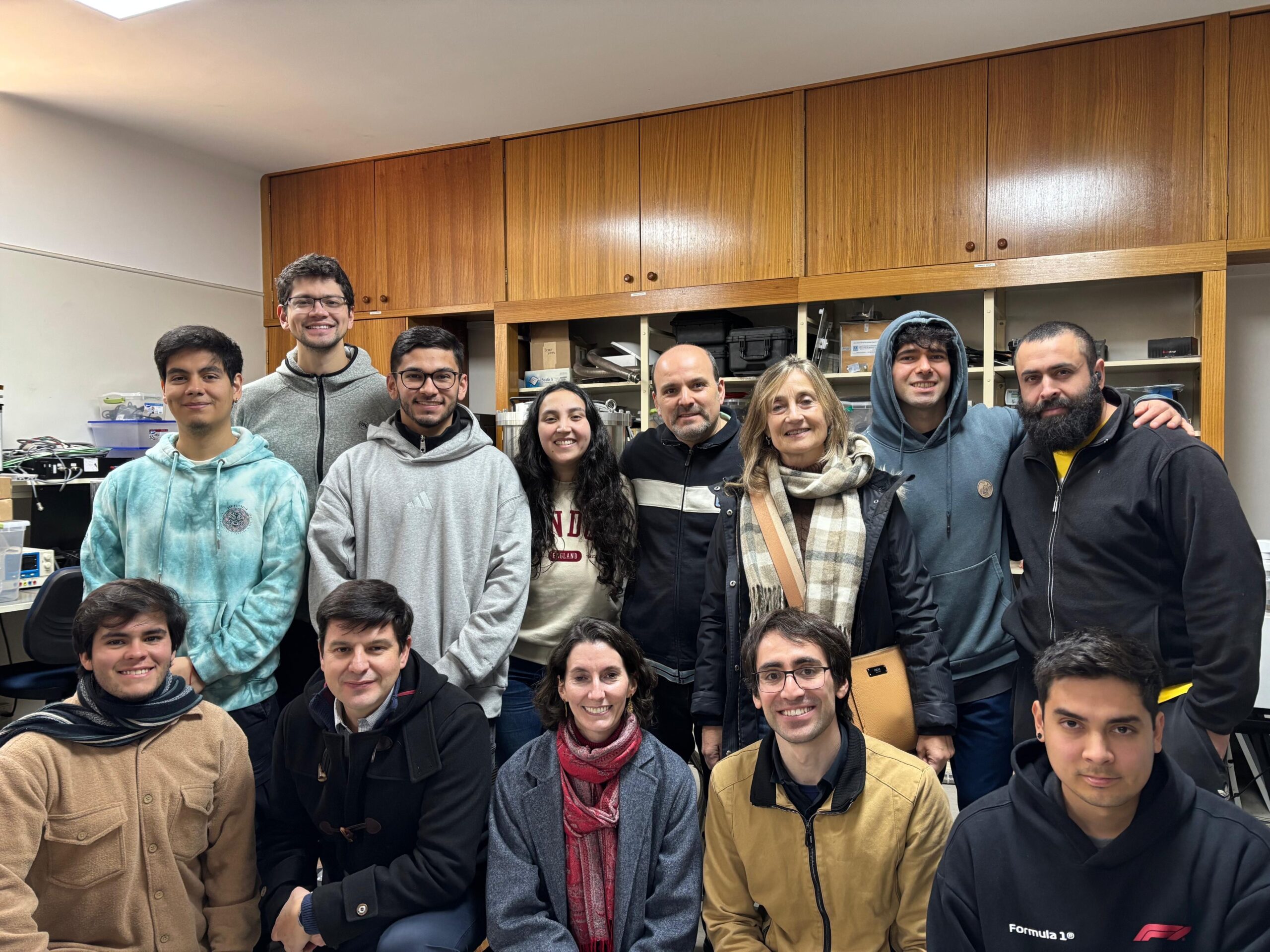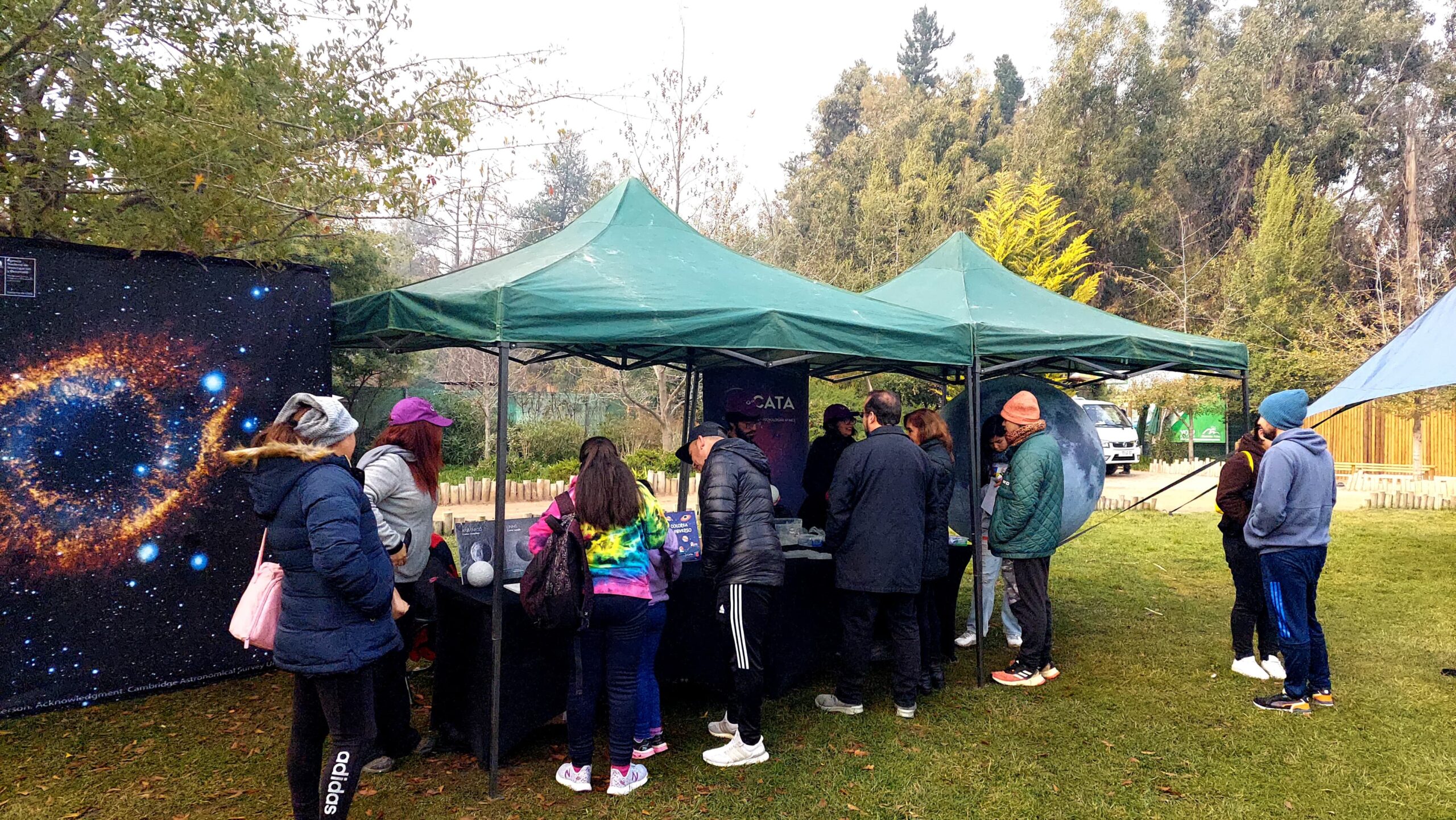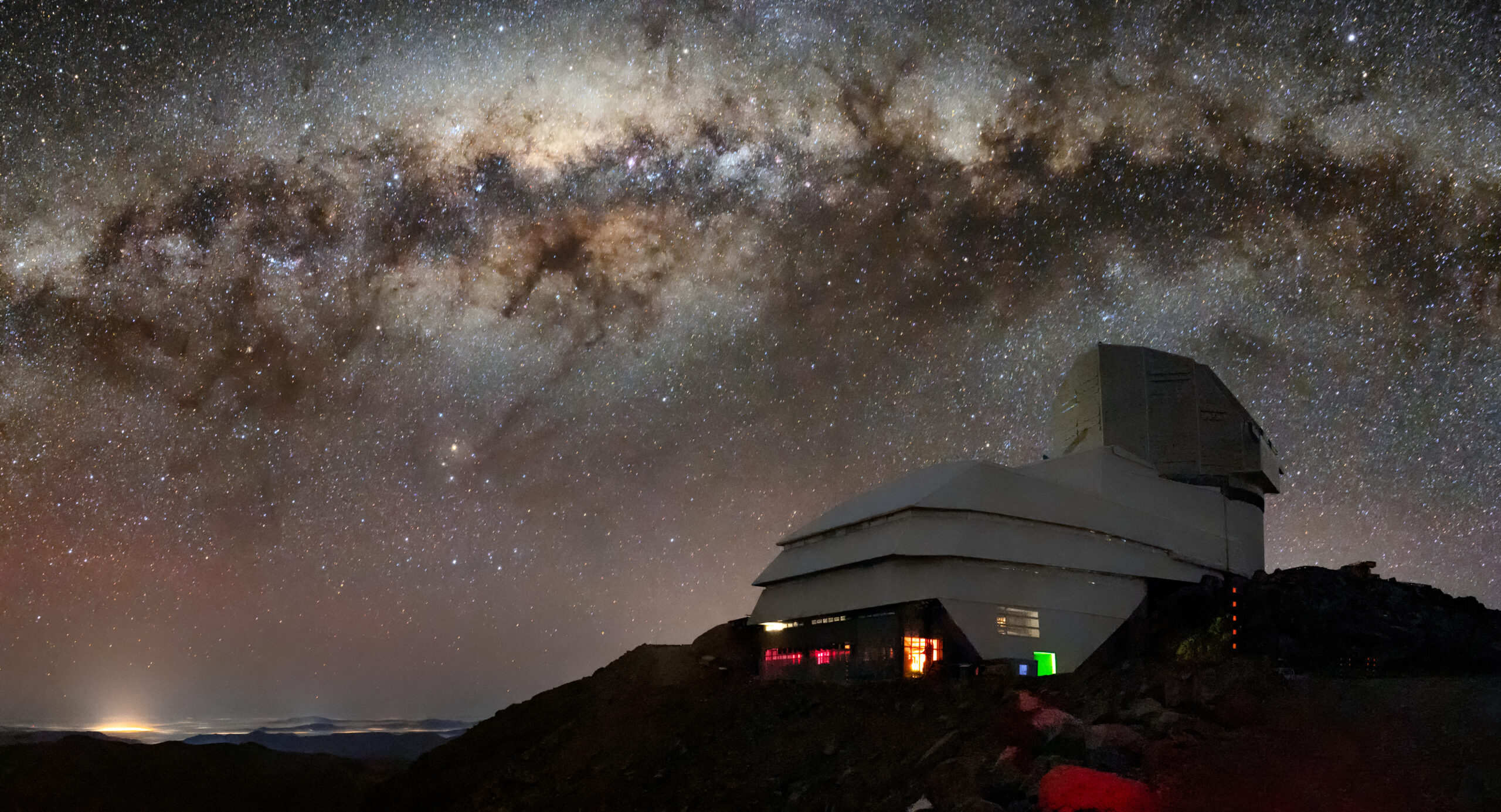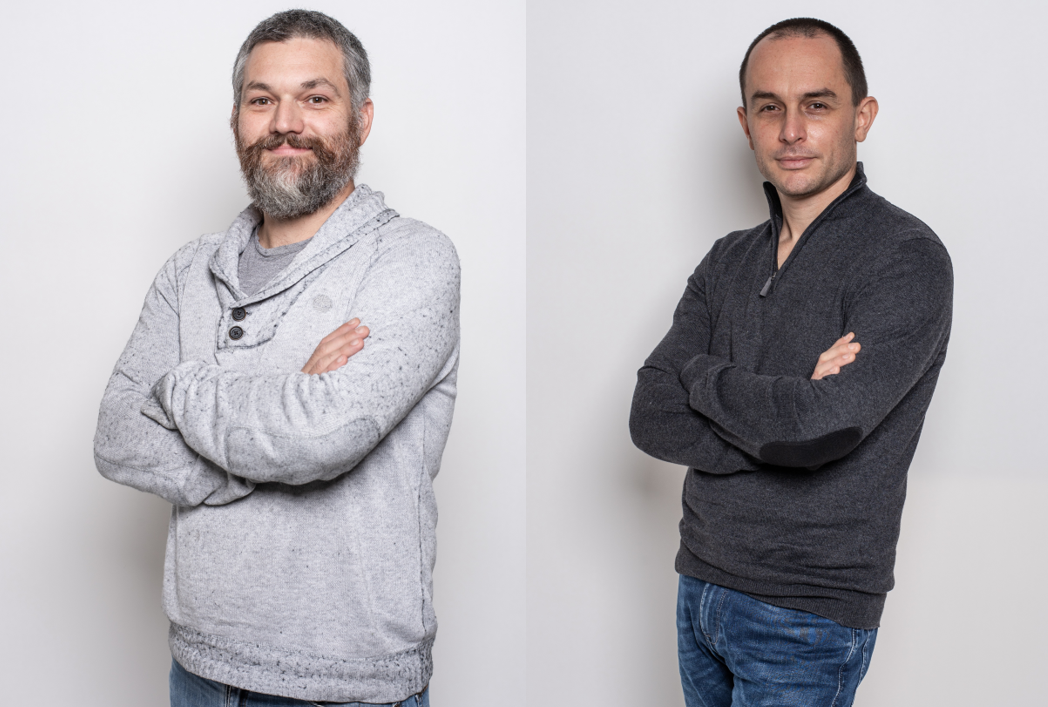
Technology for space research will help prevent landslides
At the Center for Astrophysics and Related Technologies (CATA) they were able to apply their experience and development of tools to create a system that measures and provides information on humidity and landslides, which would help to anticipate possible landslides and prevent catastrophes.
Among the work areas of the Center for Astrophysics and Related Technologies (CATA) is the Technology Transfer area, which seeks to promote the development of high-level technologies in Chile, supporting astronomical instrumentation and computing initiatives. And, at the same time, to connect these technological capabilities and the knowledge of the Center’s researchers with the needs of industry and society.
“In this sense, we are focused on the experience of studies, together with the development of technologies and tools that we use for advances in Astrophysics, such as the synchronization of radio telescopes, we can also apply them in other areas, such as mining, agriculture, disaster prevention and other areas that contribute to the development of the country”, says Felipe Guajardo, CATA’s Technology Transfer Engineer. Translated with DeepL.com (free version)
In this scenario, it was possible to develop a system called TPR (Telemetry for Piles and Tailings), which allows measurements of temperature, humidity and gravity vector (ground movement).
With this, for example, it is possible to see if there are water saturation levels in an area and also to discover minimum variations of mass movement, thanks to an accelerometer, which would allow to anticipate the occurrence of avalanches and sinkholes, such as those recently seen in our country.
How TPR works
The TPR operates with stakes that are buried in the study areas and collect information through the equipment developed by the Technology Transfer area of CATA, in the Millimeter Wave laboratories of the University of Chile.
This data is sent, wirelessly, to a central office that may be several kilometers away where the data is processed and made available to the user on a web site. Variables can be analyzed in real time and alarms can be generated if a terrain is becoming saturated with water, or if it is tilting.
The TPR, developed by CATA, was initially designed for the mining sector to monitor and control the irrigation and humidity of leach and tailings heaps, hence its name. At the same time, its usefulness for the study of critical population zones with the possibility of mass removal (alluvium) was envisioned.
“The technology does not have a high cost, it is easy to implement and the distribution of the stakes is done according to the information requirements, to achieve a mapping of the area. Afterwards, it is up to a geologist or professional in the area to make an interpretation of the data provided by the different points studied. An advantage is that the stakes use a solar panel, which gives them energy autonomy,” adds Felipe Guajardo, CATA engineer.
The application of the TPR developed by CATA is wide, such as control of areas at risk of landslides and alluvium; monitoring of agricultural land, aquifers and water table; sanitary landfills; control of industrial liquid waste, and other specific areas such as hydrology, agronomy, geology and geophysics.
Recent news
-
 Publicado el: 04/07/2025CATA researchers among the best in Chile according to international ranking Research.com
Publicado el: 04/07/2025CATA researchers among the best in Chile according to international ranking Research.com -
 Publicado el: 30/06/2025CATA Director strengthens ties in her second institutional tour
Publicado el: 30/06/2025CATA Director strengthens ties in her second institutional tour -
 Publicado el: 30/06/2025CATA celebrated Asteroid Day 2025 at the Pueblito de Las Vizcachas Park
Publicado el: 30/06/2025CATA celebrated Asteroid Day 2025 at the Pueblito de Las Vizcachas Park -
 Publicado el: 26/06/2025Vera C. Rubin: the telescope that watches the sky and anticipates the future of astronomy
Publicado el: 26/06/2025Vera C. Rubin: the telescope that watches the sky and anticipates the future of astronomy -
 Publicado el: 25/06/2025CATA researchers appointed as Full Professors at Universidad Andrés Bello
Publicado el: 25/06/2025CATA researchers appointed as Full Professors at Universidad Andrés Bello
Categories list
- Acknowledgments 19
- Astrobiology 5
- AstroCluster 1
- Black holes 13
- Corporativo 49
- Cosmology 4
- Descubrimientos 19
- Disclosure 46
- Exoplanets 13
- Extension 4
- Galaxies 17
- Galaxies formation 2
- Inter y Transdisciplina 2
- Local Universe 13
- Publications 5
- Sin categorizar 31
- Solar System 11
- Stellar formation 6
- Technology 9
- Technology Transfer 12


